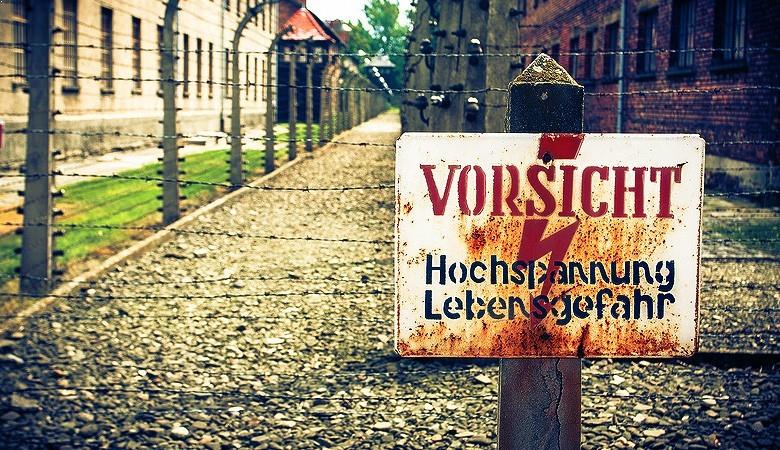
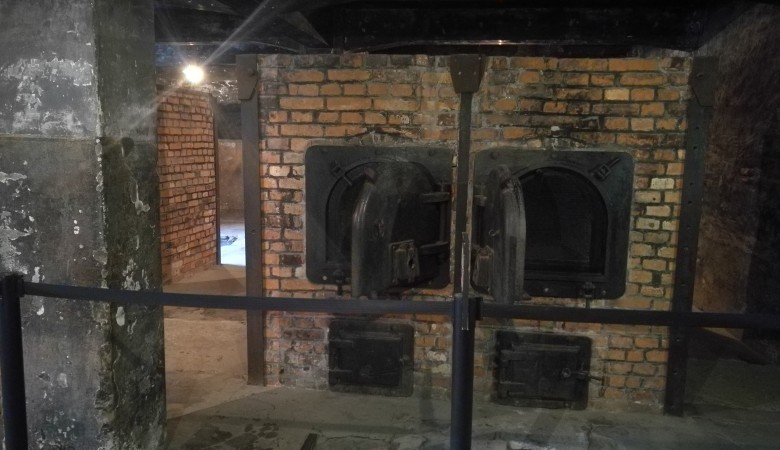

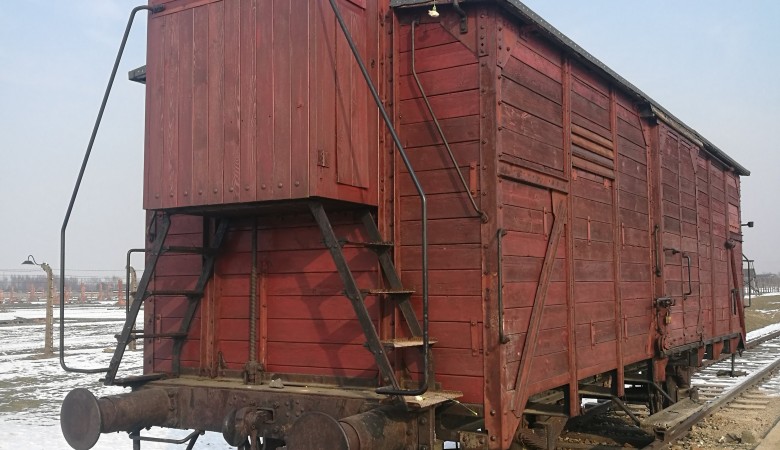

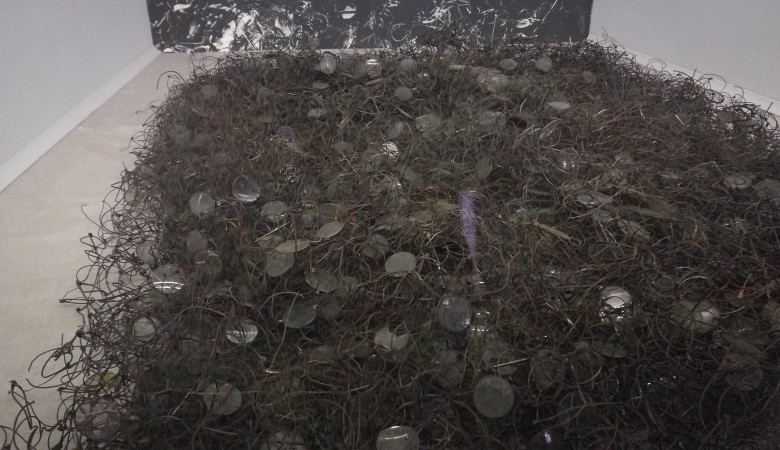
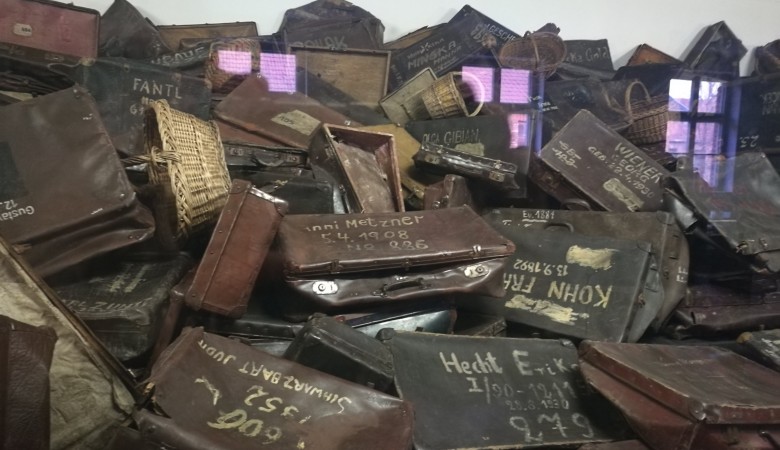
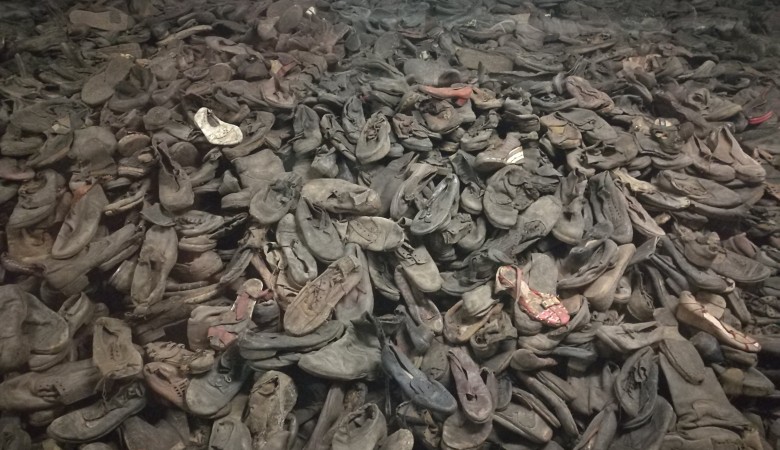
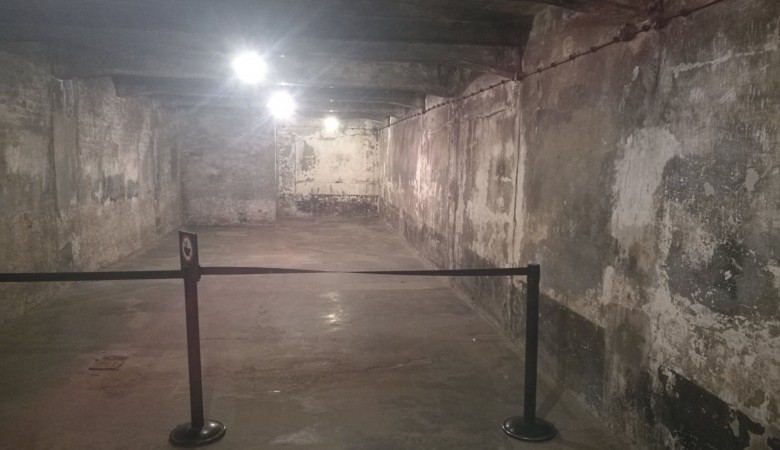

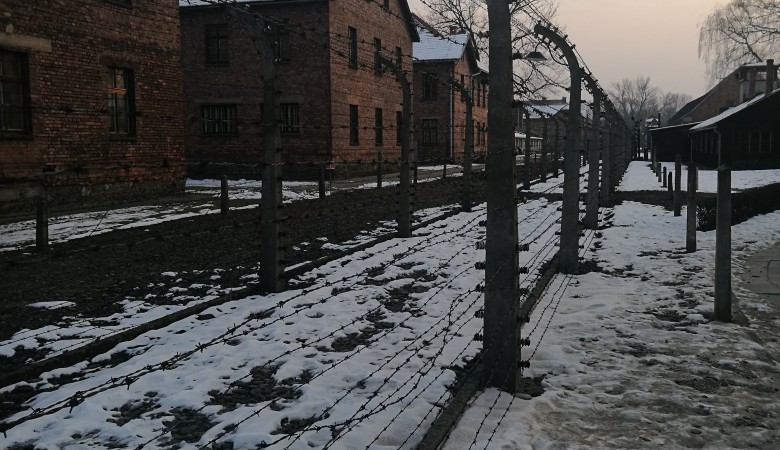
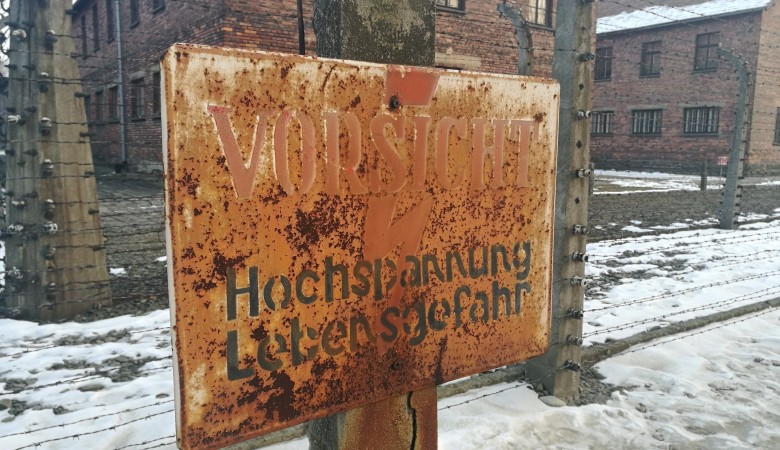
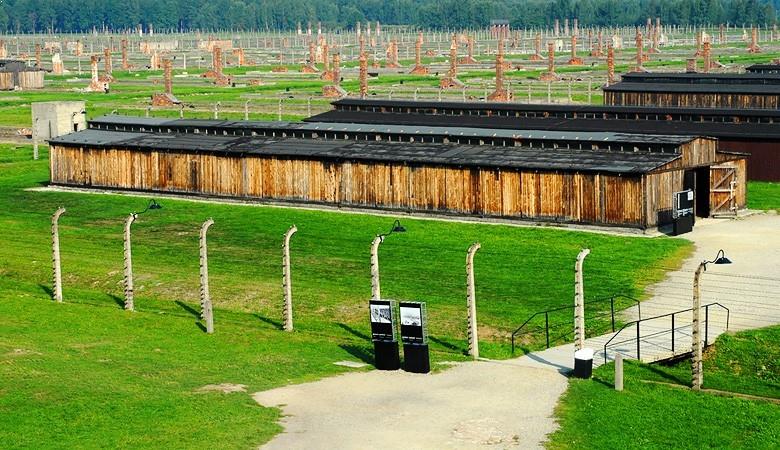
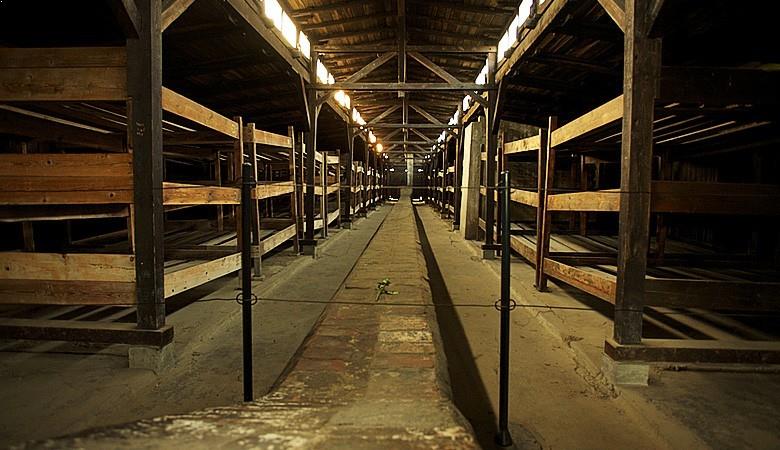
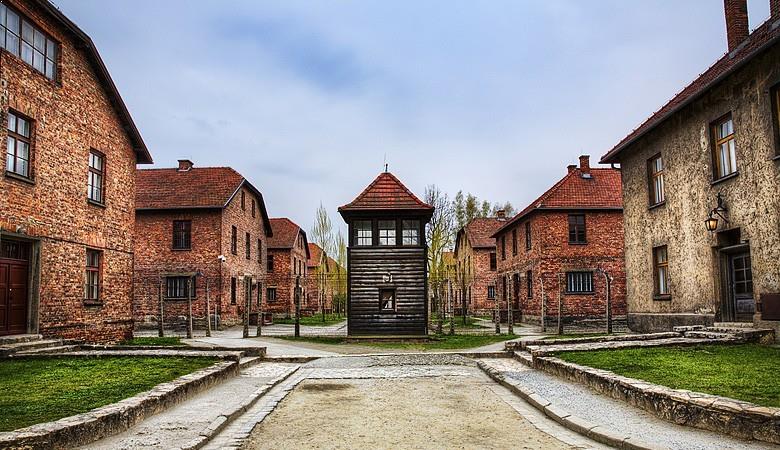
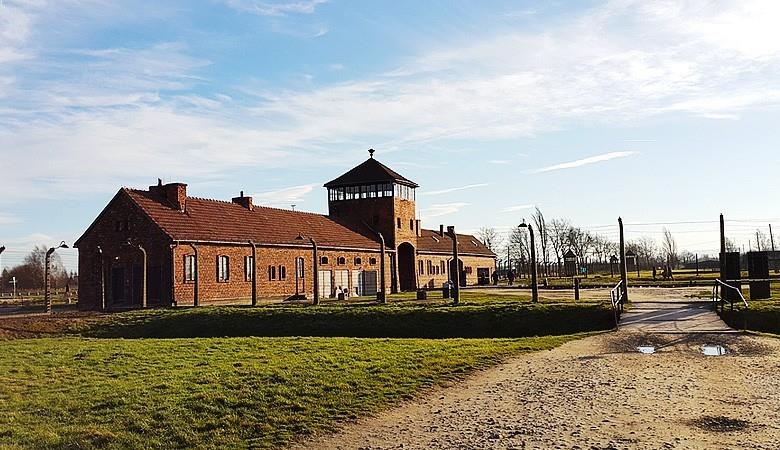
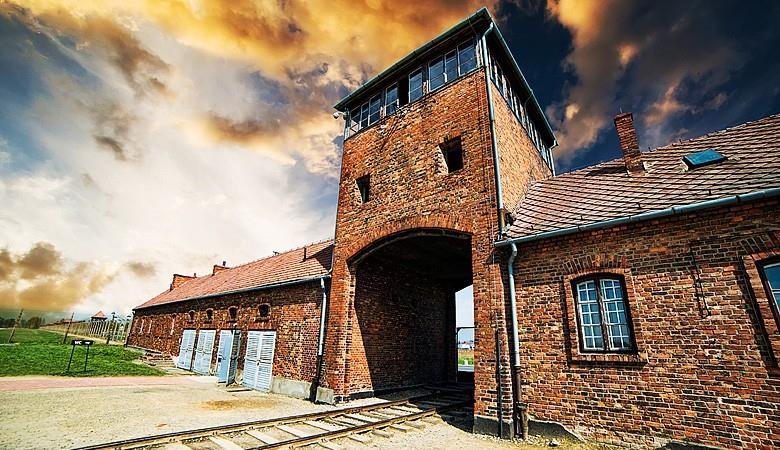
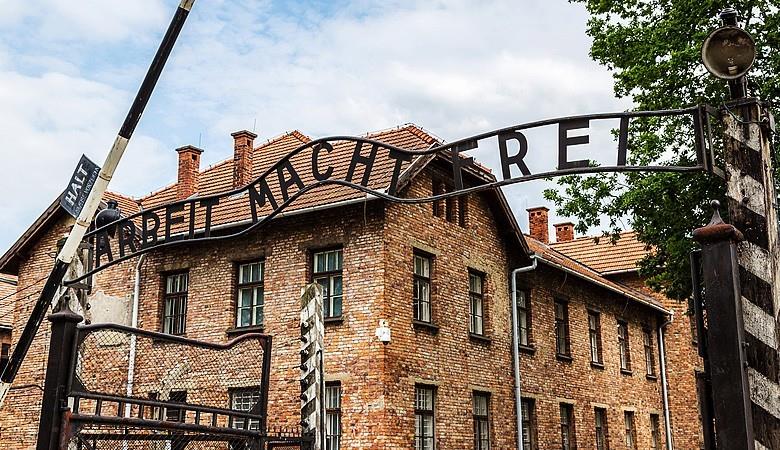
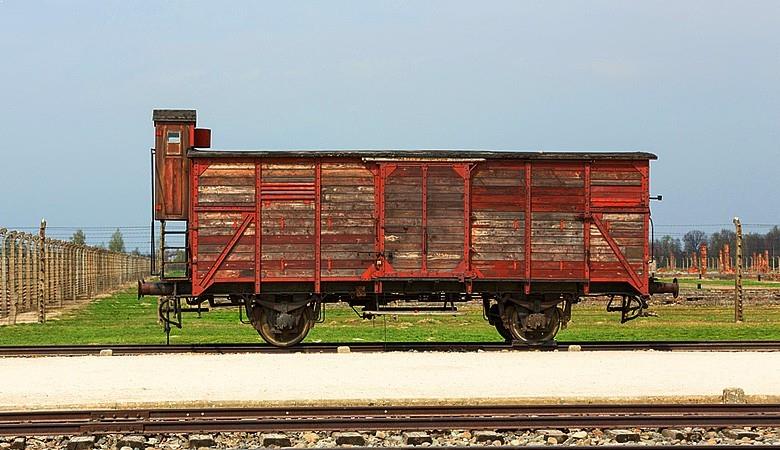
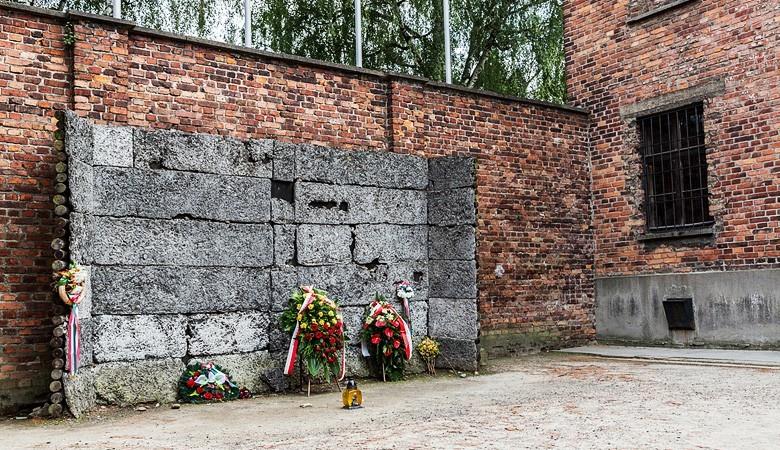
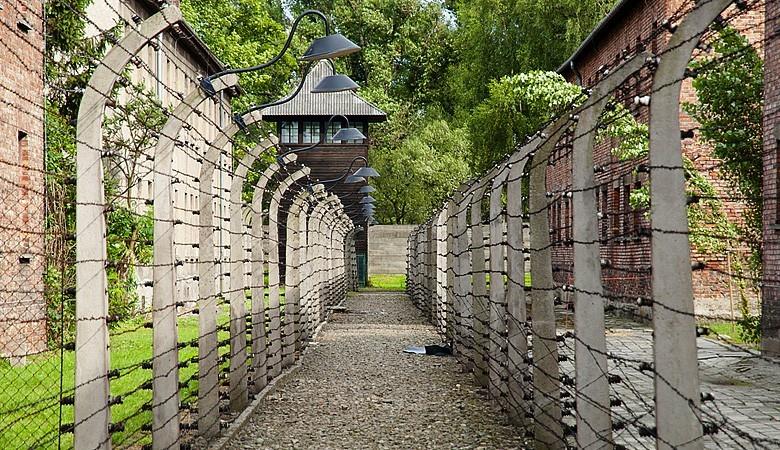

£ 60
per person

Book in advance! Tickets are likely to be sold out 4-6 weeks before the tour date.
Auschwitz - Birkenau was the largest concentration camp established by the Nazi regime in June 1940 to carry the extermination of 1.1 million European Jews but also 140,000 Poles, 23,000 Gypsies, 15,000 Soviet prisoners of war and 25,000 prisoners of other nationalities, mostly Czech, Belarusian, German, French, Russian, Yugoslavian, Ukrainian and many others from the countries of Nazi-occupied Europe. It consisted of three main camps: Auschwitz I, Auschwitz II - Birkenau (the largest center for the extermination of Jews and the largest Nazi German concentration camp) and Auschwitz III (Monowitz). After WW2 the Polish government restored Auschwitz and turned it into a museum. It was also included on the UNESCO World Heritage List in 1979. What makes this an exceptional place is the fact that it was the largest extermination center, and is the only camp to be preserved to such an extent in its original condition. The museum consists of the grounds containing human ashes, ruins of gas chambers and crematoria, the places where Nazi doctors carried out selection, the roads leading to the gas chambers, the places where Jewish families awaited death and execution sites. The most moving evidence of crimes are almost two tons of victim's hair.
Based on 575 reviews
Before the war, Auschwitz I, also known as Auschwitz Main Camp, was initially established as a Polish military barracks. It was built in the late 19th century on the outskirts of Oswiecim (Auschwitz), Poland, as part of the Habsburg Empire's fortifications. The purpose of the barracks was to house troops and serve as a garrison.
Auschwitz I comprised a cluster of brick buildings surrounded by a high wall. The complex included administrative offices, living quarters for the troops, storage facilities, and other military infrastructure. The original purpose of the camp was purely military, and it had no connection to the atrocities that would later occur there during World War II.
However, after the German occupation of Poland in 1939, the Nazis transformed Auschwitz I into a concentration camp. It became the administrative centre and base for the Auschwitz complex, including several sub-camps.
KL Auschwitz was located outside the small town of Oswiecim in southern Poland. That largest and deadliest camp in the Nazi concentration and death camp system consisted of three major camps and 45 smaller sub-camps. In total, 1.1 million of the 1.3 million people deported to Auschwitz are believed to have died. On January 27, 1945, the Auschwitz complex was liberated by the Soviet Army.
While visiting Jewish cemeteries by yourselves or on our Schindler's List tour of Krakow, please look at the signs carved on tombs.
Jewish gravestones often contain various symbols and inscriptions with deep religious and cultural significance. These symbols reflect Jewish beliefs, traditions, and themes associated with mourning and remembrance. Here are explanations of some common symbols found on Jewish gravestones:
1. Star of David: The Star of David, also known as the Magen David, is a six-pointed star formed by two overlapping triangles. It is one of the most recognizable symbols of Judaism and represents the Jewish identity and connection to God.
2. Menorah: The menorah is a seven-branched candelabrum that symbolizes the Temple of Jerusalem and the eternal light. It represents the spiritual and intellectual enlightenment in Judaism.
3. Hands: One or two hands forming the shape of the priestly blessing are often depicted on Jewish gravestones. This symbol represents the blessing bestowed by the descendants of Aaron, the High Priest, upon the Jewish people.
4. Candle: A lit candle or a pair of candles is a common symbol in Jewish gravestones. It represents the eternal flame and reminds us of the soul's eternal presence.
5. Hebrew Inscriptions: Hebrew inscriptions on gravestones often include the name of the deceased, their Hebrew name (traditionally used for religious purposes), and the date of their passing. These inscriptions may include prayers, biblical verses, or epitaphs reflecting the family's sentiments and beliefs.
6. Broken or Rounded Letters: In Hebrew inscriptions, certain letters may be intentionally modified, broken, or rounded to symbolize the notion of incompleteness and mourning. This practice acknowledges that the deceased's life was cut short and serves as a visual representation of grief.